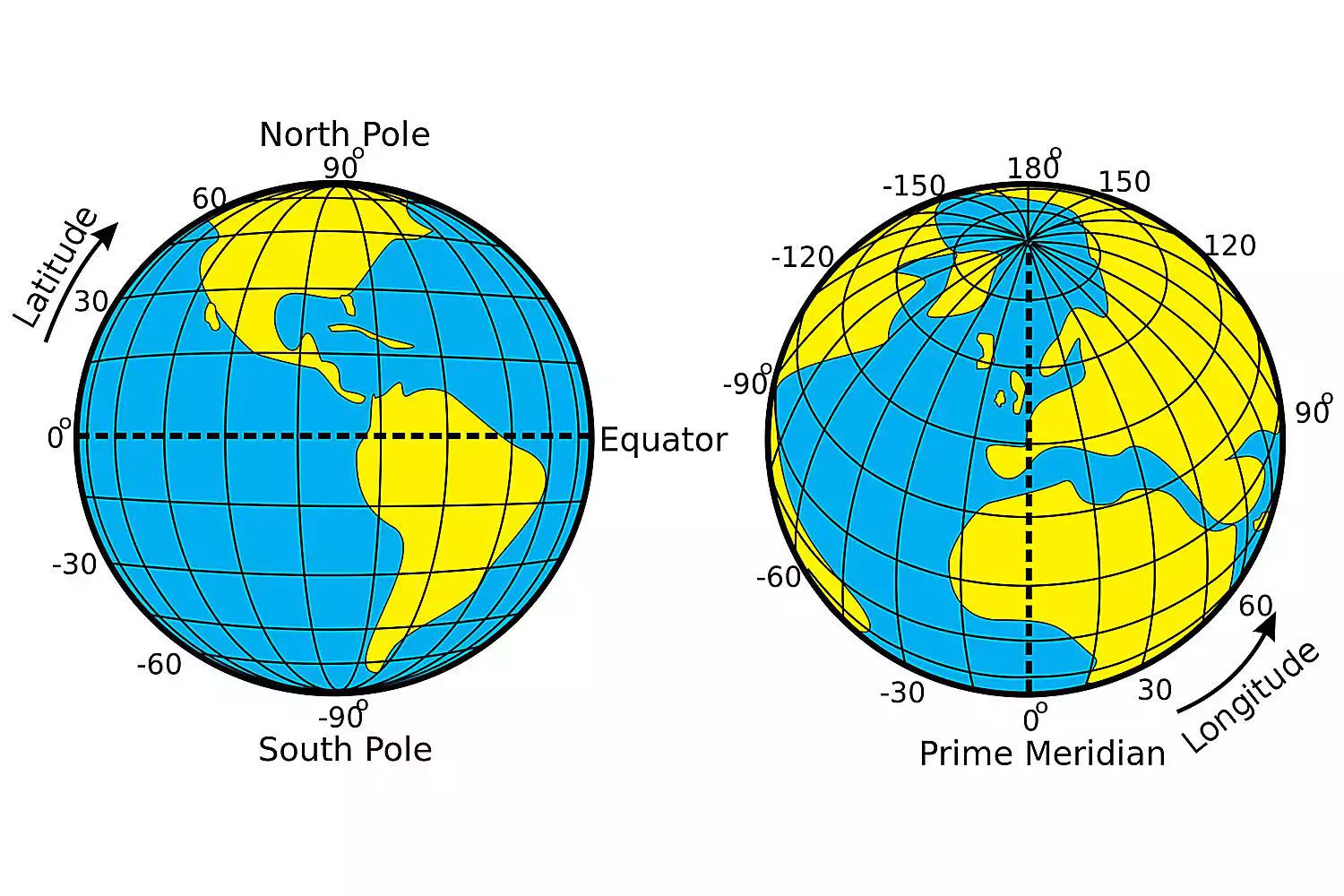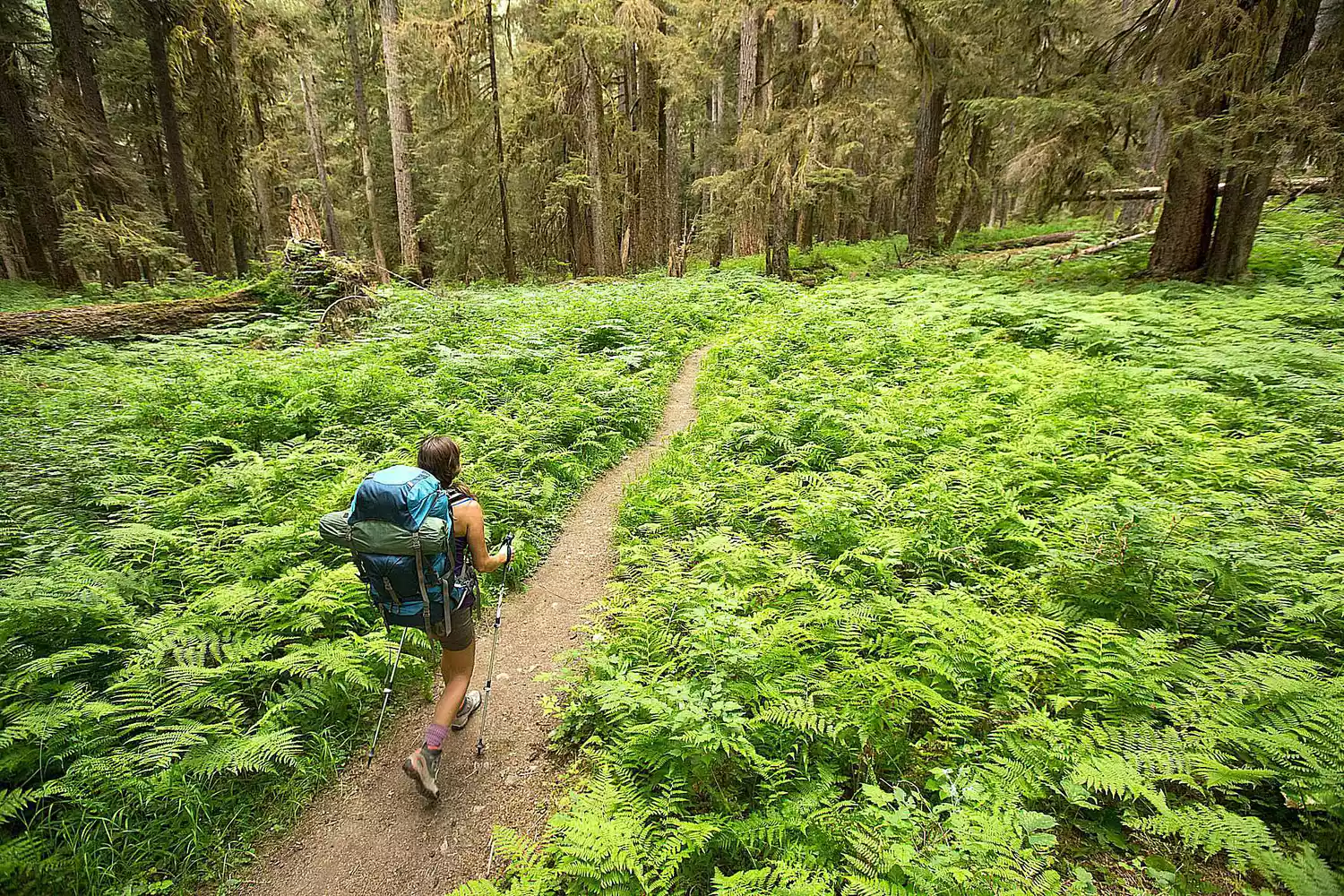Regional Geography Overview

Prakasit Khuansuwan / EyeEm / Getty Images
Regional geography is a branch of geography that studies the world's regions. A region itself is defined as a part of the Earth's surface with one or many similar characteristics that make it unique from other areas. Regional geography studies the specific unique characteristics of places related to their culture, economy, topography, climate, politics and environmental factors such as their different species of flora and fauna.
Also, regional geography also studies the specific boundaries between places. Often these are called transition zones which represent the start and end of a specific region and can be large or small. For example, the transition zone between Sub-Saharan Africa and North Africa is rather large because there is mixing between the two regions. Regional geographers study this zone as well as the distinct characteristics of Sub-Saharan Africa and North Africa.
History and Development of Regional Geography
Although people had been studying specific regions for decades, regional geography as a branch in geography has its roots in Europe, specifically with the French and geographer Paul Vidal de la Blanche. In the late 19th century, de la Blanche developed his ideas of the milieu, pays, and possibilisme (or possibilism). The milieu was the natural environment and pays was the country or local region. Possibilism was the theory that said the environment sets constraints and limitations on humans but human actions in response to these constraints are what develops a culture and in this case aids in defining a region. Possibilism later led to the development of environmental determinism which says the environment (and thus physical regions) is solely responsible for the development of human culture and societal development.
Regional geography began to develop in the United States specifically and parts of Europe in the period between World Wars I and II. During this time, geography was criticized for its descriptive nature with environmental determinism and lack of a specific focus. As a result, geographers were seeking ways to keep geography as a credible university-level subject. In the 1920s and 1930s, geography became a regional science concerned with why certain places are similar and/or different and what enables people to separate one region from another. This practice became known as areal differentiation.
In the U.S., Carl Sauer and his Berkeley School of geographic thought led to the development of regional geography, especially on the west coast. During this time, regional geography was also led by Richard Hartshorne who studied German regional geography in the 1930s with famous geographers such as Alfred Hettner and Fred Schaefer. Hartshorne defined geography as a science "To provide accurate, orderly, and rational description and interpretation of the variable character of the earth surface."
For a short time during and after WWII, regional geography was a popular field of study within the discipline. However, it was later critiqued for its specific regional knowledge and it was claimed to have been too descriptive and not quantitative enough.
Regional Geography Today
Since the 1980s, regional geography has seen a resurgence as a branch of geography in many universities. Because geographers today often study a wide variety of topics, it is helpful to break the world down into regions to make information easier to process and display. This can be done by geographers who claim to be regional geographers and are experts on one or many places across the world, or by physical, cultural, urban, and biogeographers who have a lot of information to process about given topics.
Often, many universities today offer specific regional geography courses which give an overview of the broad topic and others may offer courses related to specific world regions such as Europe, Asia, and the Middle East, or smaller scale such as "The Geography of California." In each of these region-specific courses, topics often covered are the physical and climatic attributes of the region as well as the cultural, economic and political characteristics found there.
Also, some universities today offer specific degrees in regional geography, which normally consists of general knowledge of the world's regions. A degree in regional geography is useful for those who want to teach but is also valuable in today's business world that is focused on overseas and long distance communications and networking.









